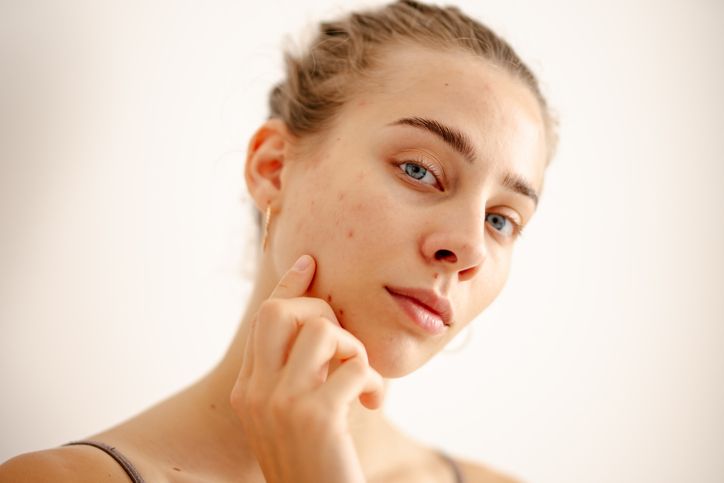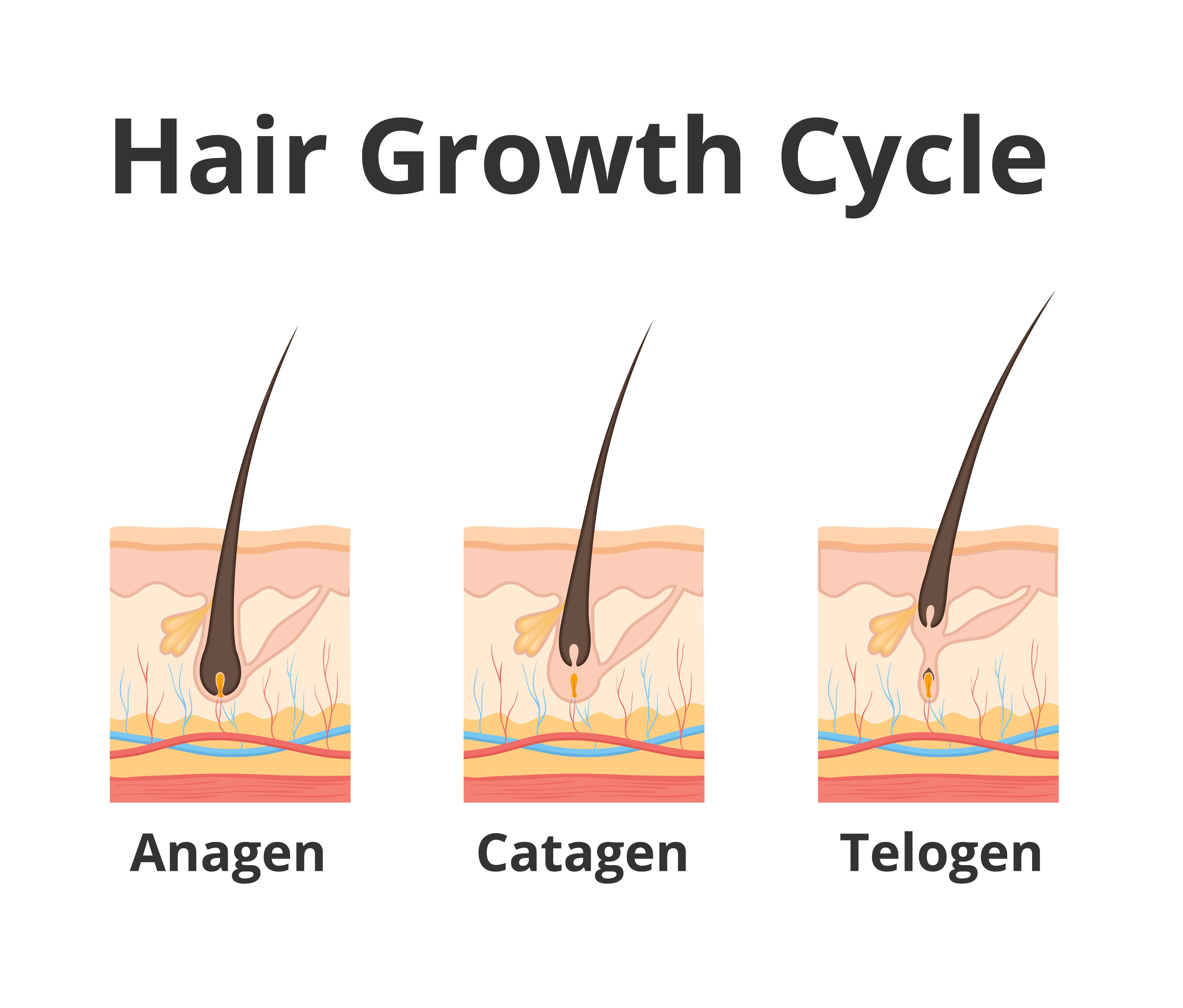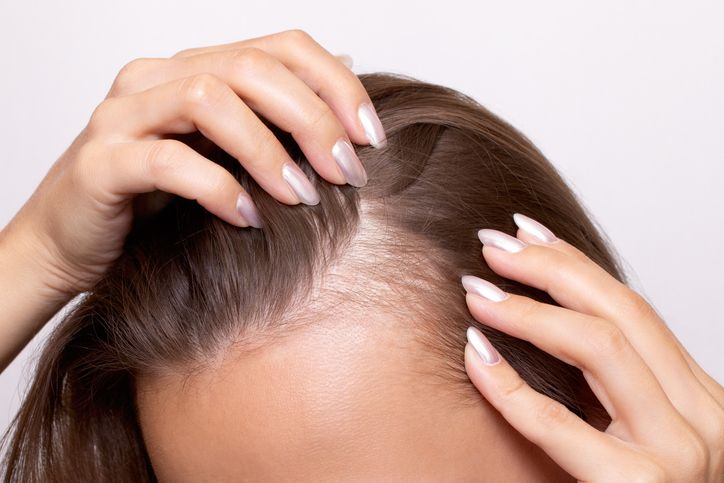- Home
- Trend
- Weight Loss Strategies
- Acne Tips
- Hair Health Information
- Blemish Removal Tips
- Acne Scar Removal Tips
- Muscle Building Techniques
- Intimate Care Tips
- Postpartum Intimate Care
- Eye Bags Wiki
- Tips for Face Slimming
- Secret of Permanent Hair Removal
- Breast Enlargement Tips
- Cure to Snoring
- Marionette Lines
- Skin-Tightening Secrets
Nose pimples are among the most common types of acne but can also be one of the most persistent and challenging to treat. The prominence of the nose makes acne in this area particularly noticeable and often more prone to complications such as scarring, redness, and inflammation. Whether it’s a minor pimple on the nose or a severe breakout, treating this issue requires an understanding of the causes and the best treatment options available.
The Anatomy of Nose Acne

Acne on the nose has unique characteristics due to the skin’s structure in this area. The combination of dead skin cells, excess oil, and the external environment often creates the perfect conditions for acne formation.
Why It’s More Tricky Than Other Acne?
Acne on the nose is a distinct challenge due to several anatomical and physiological factors unique to this area. Understanding these can shed light on why nose pimples often require a more targeted approach compared to acne on other parts of the face.
1. Larger Pores and Active Sebaceous Glands
The nose has a higher density of sebaceous glands compared to other facial areas. These glands produce oil (sebum), which is essential for keeping the skin moisturized but can contribute to acne when produced in excess. The pores on the nose are generally larger and more prone to becoming clogged with sebum, dead skin cells, and environmental pollutants. This can lead to the formation of blackheads and whiteheads, and in some cases, more severe forms of acne such as cystic acne.
2. Increased Oil Production
Individuals with oily skin often experience more excess sebum production around the nose. The combination of this excess oil and larger pores creates an environment where acne lesions are more likely to form. The thicker oil can trap dirt and dead skin cells in the pores, exacerbating the problem and leading to frequent breakouts. This is particularly challenging because the nose’s active sebaceous glands make it difficult to manage oil production effectively through topical treatments alone.
3. Impact of External Factors
The nose is constantly exposed to environmental factors such as air pollution, sun exposure, and changes in temperature. These external elements can aggravate the skin, increasing the likelihood of inflammatory acne. The nose’s exposure to various conditions can also impact the skin’s oil balance, making it more susceptible to acne.
4. Unique Skin Structure
The skin on the nose tends to be thicker and more robust compared to other facial areas. This unique structure can affect how acne develops and responds to treatment. The dead skin cells and oil that clog pores may be more resistant to traditional treatments, making acne on the nose potentially more persistent and harder to treat.
5. Difficulty in Treatment
Treating acne on the nose can be more complex due to the combination of factors mentioned above. Traditional topical treatments might not penetrate deeply enough to address the underlying issues, especially if the acne is severe or cystic. Moreover, over-the-counter solutions might not sufficiently target the more active sebaceous glands or the deeper layers of the skin where severe acne often originates.
Topical Solutions for Mild to Moderate Nose Acne
For those dealing with mild to moderate acne on the nose, there are several topical treatments available. These over-the-counter products often contain ingredients that work to reduce inflammation, treat acne breakouts, and prevent clogged pores.
Salicylic acid: As a beta-hydroxy acid (BHA), salicylic acid helps to exfoliate the skin, remove dead skin cells, and clear out clogged pores. It is particularly useful for individuals with blackheads and whiteheads.
Benzoyl Peroxide: Known for its antibacterial properties, benzoyl peroxide helps to kill the bacteria that contribute to acne vulgaris. It is especially effective for inflamed pimples and works to reduce the size and severity of breakouts.
Azelaic Acid: This ingredient offers both antibacterial and anti-inflammatory properties, making it a popular choice for treating both mild acne and conditions like acne rosacea. Azelaic acid can also help reduce redness and lighten acne scars over time.
免費體驗
Acne Treatment
1 Minute Self-Registration
Date should not be before minimal date
DIY Solutions for Pimples on the Nose: Natural Approaches for Clearer Skin
Aside from topical treatment, you can try a few natural DIY solutions at home to manage mild to moderate nose acne. Here are some effective remedies and how they work:
1. Tea Tree Oil Spot Treatment
Tea tree oil is a popular natural remedy due to its strong antibacterial properties. It helps reduce acne by killing the bacteria that cause breakouts and soothing inflammation.
How to use it:
• Mix 1-2 drops of tea tree oil with a carrier oil like jojoba oil.
• Apply directly to the pimple using a cotton swab.
• Let it sit overnight and rinse off in the morning.
Tea tree oil can be particularly effective for inflamed, red pimples, but it’s important to dilute it, as it can be harsh on sensitive skin.
2. Honey and Cinnamon Mask
Honey is a natural humectant and contains antimicrobial properties that help soothe and heal the skin. When combined with cinnamon, which has antibacterial effects, it becomes a potent acne-fighting mask.
How to use it:
• Mix 1 tablespoon of raw honey with ½ teaspoon of cinnamon powder to form a paste.
• Apply the mask to the affected area and leave it on for 10-15 minutes.
• Rinse off with warm water and pat your skin dry.
This mask can help reduce bacteria, soothe redness, and prevent future breakouts.
3. Aloe Vera and Lemon Juice Gel
Aloe vera is known for its soothing and anti-inflammatory properties, making it perfect for irritated skin. Adding a small amount of lemon juice helps brighten the skin and dry out excess oil that may be clogging your pores.
How to use it:
• Mix 1 tablespoon of fresh aloe vera gel with a few drops of lemon juice.
• Apply this mixture to the nose area, focusing on pimples.
• Leave it on for 10-15 minutes, then wash it off with cool water.
Be cautious with lemon juice—it can increase skin sensitivity to sunlight, so always use sunscreen afterward.
4. Apple Cider Vinegar Toner
Apple cider vinegar (ACV) has natural astringent properties that can help balance the skin's pH and control excess oil. Its mild exfoliating effects can also remove dead skin cells and prevent clogged pores.
How to use it:
• Dilute 1 part ACV with 3 parts water.
• Soak a cotton pad in the mixture and gently apply it to the nose.
• Let it dry naturally and follow up with a moisturizer.
ACV can help tighten pores and reduce the appearance of acne, but always dilute it to avoid irritation.
5. Green Tea Ice Cubes
Green tea is rich in antioxidants and anti-inflammatory compounds, making it a great option to calm acne-prone skin. Freezing green tea into ice cubes provides a cooling effect that reduces swelling and redness.
How to use it:
• Brew a strong cup of green tea and let it cool.
• Pour the tea into an ice cube tray and freeze it.
• Once frozen, rub a green tea ice cube over the affected area for a few minutes.
This remedy helps to soothe irritation and can shrink inflamed pimples quickly.
Additional Tips to Prevent Nose Acne
Besides these DIY solutions, maintaining a good skincare routine is key to preventing breakouts:
• Keep Makeup Brushes Clean: Dirty brushes can harbor bacteria and transfer it to your face, leading to acne. Regularly clean your brushes with mild soap and warm water.
• Avoid Touching Your Face: Constantly touching your nose can transfer oil and bacteria from your hands, worsening breakouts.
• Use a Gentle Cleanser: Opt for a sulfate-free, non-comedogenic cleanser that helps remove dirt and oil without stripping your skin.
Home Remedies vs. Professional Acne Treatments: Why Choose Perfect Medical’s Acne Treatment?

When acne on the nose becomes stubborn, simple DIY remedies may no longer suffice. Traditional home solutions like tea tree oil or clay masks can provide temporary relief but often fail to tackle the deeper, more persistent causes of acne.
In contrast, professional treatments offer a more advanced and effective approach. One such option is Perfect Medical’s Acne Treatment, which is designed to go beyond treating symptoms, addressing the root causes of acne.
Perfect Medical's Advanced Approach
Perfect Medical’s Acne Treatment is tailored for those seeking more comprehensive solutions for acne, especially in problematic areas like the nose. Unlike home remedies, this treatment combines non-invasive techniques that target the source of acne, promoting clearer, healthier skin. The treatment addresses the underlying issues that contribute to breakouts, such as excess oil production, bacterial growth, and clogged pores.
Tackling Acne at Its Core
Perfect Medical’s Acne Treatment employs the dual-spiral suction drainage technology deep-cleanses a technology designed to reduce acne-causing bacteria, control excess oil production, and minimize the appearance of acne scars. The precision of this treatment allows for deep penetration into the skin’s layers, targeting even the most stubborn acne lesions. This not only treats existing pimples but also prevents future outbreaks by regulating oil production.
Why Choose Perfect Medical’s Acne Treatment?
While DIY methods may provide short-term results, Perfect Medical’s Acne Treatment offers a targeted, long-lasting solution for acne without any downtime. By addressing the root causes of acne, it helps to prevent future breakouts while improving the overall appearance and health of your skin.
When Acne Becomes Severe: Cystic and Inflammatory Nose Acne
However, there are still some of the most challenging forms of acne to deal with, which is cystic acne, particularly when it forms around the nose. Cystic acne occurs deep under the skin and is often painful, inflamed, and difficult to treat with over-the-counter solutions. Recognizing cystic acne early is key to preventing long-term acne scars and skin damage.
Risks of Untreated Severe Acne
Untreated severe acne can lead to permanent scarring and dark spots. The inflammation associated with cystic acne also increases the risk of damaging the sebaceous glands and hair follicles, further complicating acne formation. It’s crucial to treat these issues professionally to avoid acne scarring.
Professional Treatment Options
For individuals suffering from severe forms of nose acne, professional treatments offer more long-term solutions. Laser therapy, prescription-strength retinoids, and chemical peels are among the most effective ways to treat cystic acne. These treatments work by reducing inflammation, preventing future breakouts, and repairing skin affected by acne.
A tailored treatment plan can include a mix of these options depending on the severity of the acne. Consulting with a dermatologist or healthcare provider helps ensure that the right course of action is taken based on individual skin types and acne triggers.
免費體驗
Acne Treatment
1 Minute Self-Registration
Date should not be before minimal date
Preventive Measures and Daily Skincare for Clearer Skin
While treating existing acne is important, prevention should be a key focus in any skincare regimen. A consistent skincare routine can help minimize future breakouts, particularly for individuals prone to nose acne.
Daily Exfoliation
One of the most effective ways to prevent clogged pores is through regular, gentle exfoliation. Exfoliating helps to remove dead skin that can mix with oil and lead to nose pimples. However, it's essential to avoid over-exfoliating, which can irritate the skin and trigger more acne.
Gentle Cleansing and Moisturizing
A gentle, non-comedogenic cleanser removes dirt, oil, and impurities without disrupting the skin's barrier function. Follow up with a lightweight, oil-free moisturizer to hydrate the skin without clogging the pores.
Protecting Skin from Sun Damage
Sun exposure can worsen acne and irritate already sensitive skin, leading to further inflammation and redness. Sunscreen is crucial in preventing acne aggravation, particularly for those undergoing acne treatments like laser therapy or chemical peels. Use a broad-spectrum, non-comedogenic sunscreen daily to protect your skin.
Best Practices for Acne-Prone Skin
• Avoid picking or squeezing pimples, as this can spread bacteria and lead to acne scarring.
• Incorporate anti-inflammatory ingredients like green tea extract or niacinamide into your skincare routine to soothe irritated skin.
• Stay consistent with your skincare products and avoid introducing too many new products at once, which can overwhelm and irritate the skin.
Combining Professional and At-Home Treatments
Managing nose pimples and severe acne requires a multifaceted approach. For those dealing with mild to moderate acne, topical treatments like salicylic acid or benzoyl peroxide can offer relief. However, when acne becomes more severe or persistent, professional treatments like Perfect Medical’s Acne Treatment provide a comprehensive solution by targeting both the symptoms and underlying causes of acne.
Combining professional treatments with an at-home skincare routine focused on prevention is the most effective way to achieve long-term, healthy skin. From daily exfoliation to laser therapy, a combination of approaches ensures that your skin remains clear and free from acne breakouts in the future!
Acne Treatment免費體驗
Acne Treatment
1 Minute Self-Registration
Date should not be before minimal date
FAQ

1. Can traditional acne treatments help with nose pimples?
Yes, traditional topical acne treatments like salicylic acid, benzoyl peroxide, and clay masks can be effective for mild cases of nose pimples. However, for more stubborn or severe forms, these over-the-counter treatments may not be enough. If you're dealing with inflammatory acne or recurring pimples around your nose, prescription retinoids or more advanced treatments like laser therapy may offer better results.
2. Can hormone fluctuations trigger acne on the nose?
Hormonal fluctuations can indeed trigger acne, especially around areas like the nose. These fluctuations can cause the sebaceous glands to produce excess oil, leading to clogged pores and breakouts. If you experience adult acne, especially during periods of stress or hormonal shifts, treatments that help reduce inflammation, such as those offered by Perfect Medical’s Acne Treatment, can help address the underlying causes.
3. What’s the link between rosacea and visible blood vessels around the nose?
Rosacea is a common skin condition that can result in pimple-like bumps and visible blood vessels around the nose and cheeks. Although it differs from traditional acne, laser therapy is an effective method to treat both rosacea and nose pimples, targeting inflammatory acne while also reducing the appearance of dilated blood vessels.
4. Can spicy foods and certain foods trigger acne on the nose?
Yes, some people find that consuming spicy foods and certain other trigger foods can exacerbate acne. These foods may cause inflammation and increased oil production in sebaceous glands, contributing to acne flare-ups, especially in sensitive areas like the nose. For persistent or severe acne, a professional treatment plan can complement dietary changes to manage breakouts.
5. Why is professional acne treatment important for severe forms of nose acne?
For people dealing with the most severe forms of nose acne, such as inflammatory acne or tender bumps on the nasal bridge, home remedies often aren't enough. Professional treatments like those offered by Perfect Medical use a combination of techniques to target both the exact cause of acne and the visible symptoms, ensuring long-lasting results by treating underlying issues rather than just surface-level pimples.









